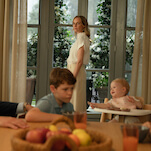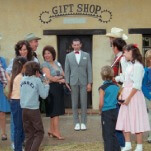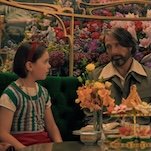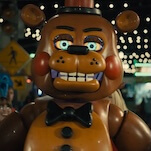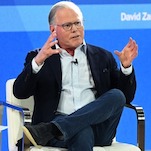When, exactly, did The Real World stop being real?
To set the first season of MTV’s The Real World against its latest iterations, which include subtitles like Ex-Plosion and Bad Blood, is like looking at a photo of a once-great metropolis while standing in its bombed-out, rat-strewn ruins. It’s no stretch to say that what was a once a novel look at the collision of youthful POVs has since become a sideshow of alpha-male antics and alcohol-soaked hookups. That said, the new seasons aren’t entirely vapid—if anything, they’re more diverse than they’ve ever been—but they still suffer from the sense that all you’re watching is the cohabitation of people you’d find at the same party.
It’s easy to point to 2002's Las Vegas season as the show’s shark-jumping moment, as that’s when the decadence and the exploitation began to blatantly eclipse the relatable poignancy of earlier casts. A smart new Longreads piece from Rebecca Schuman, however, argues that the decline began much earlier. In 1997, The Real World made its inaugural trip to Boston, and it’s here, Schuman says, that the show began its transition from “unscripted soap opera to unapologetic grotesque, a.k.a. what we consider the reality-television standard.”
She writes:
“After four years, the simple voyeuristic pleasure of watching people bicker about the same things you and your roommates bickered about (only in a much nicer house) had grown predictable, and the producers realized that the show’s future depended upon the Pucks and not the Larses. After a failed attempt in Season 5 to force the housemates to start a terrible business together in Miami, the series finally settled upon its formula, and the subsequent formula for every ‘successful’ reality-television ‘character’ since, in Boston in 1997: Trauma equals drama. Or, more accurately: trauma plus sudden fame equals pain as a spectator sport, equals successful, cheaply produced television.”
























